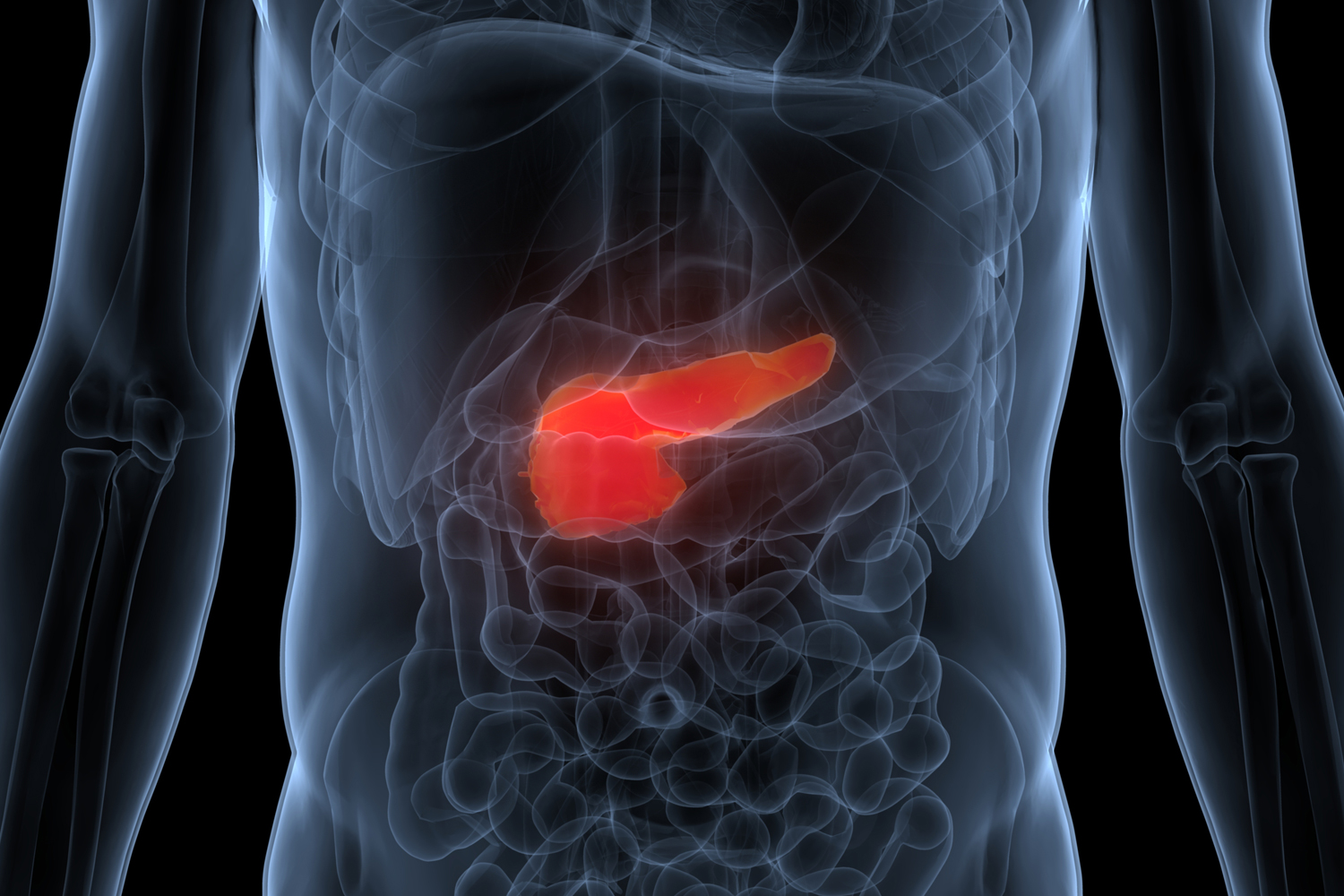Every week, the editors of Cancer Today magazine bring you the top news for cancer patients from around the internet. Stay up to date with the latest in cancer research and care by subscribing to our e-newsletter.
Rise in Pancreatic Cancer Diagnoses Linked to Less Dangerous Tumors
Researchers were concerned when a 2021 study revealed rising rates of pancreatic cancer among adolescents and young adults, but new data show that the surge may be largely attributed to less dangerous forms of the cancer, the New York Times reported. Pancreatic cancer is often associated with a poor prognosis, making any rise in this diagnosis particularly alarming. Pancreatic adenocarcinoma, the most common form of the disease, often doesn’t produce symptoms and may not be found until it is untreatable. But while a recent study in Annals of Internal Medicine affirmed reports of a rise in pancreatic cancer generally, it found that adenocarcinoma specifically was not driving the increase. The study reported that more people ages 15 to 39 were diagnosed with pancreatic cancer and that the rate of pancreatic surgeries in this group more than doubled between 2001 and 2019. However, the researchers found that young people were not dying of pancreatic cancer at a higher rate, and they were not being diagnosed with later-stage cancers. In fact the rate of adenocarcinoma had remained stable, while endocrine cancers found on the pancreas that can take years, even decades, to grow and spread were driving the rise in reported pancreatic cancers. As more people had imaging tests done, more tumors were found on the pancreas, even if they were causing no harm and were not likely to cause harm in the near future. “Sometimes we see things on imaging and we have to go after it,” Folasade May, a gastroenterologist at UCLA Health in Los Angeles who was not involved with the study, told the New York Times. “People might end up with a big surgery. But it is hard to tell who needs the surgery and who doesn’t.” While guidelines recommend monitoring endocrine tumors, some doctors will operate on younger patients who have long expected lifespans in which the tumor could grow and spread.
Study on Exceptional Survivors Looks for Keys to Longevity After Cancer Diagnosis
Researchers are looking at the people who live exceptionally long after cancer diagnosis to learn more about why some people can continue living with a diagnosis that most people will die of within two or three years, according to an article in the Guardian. The Rosalind study, which launched its arm in the United Kingdom this week, will collect DNA, blood proteins, microbes and biomarkers from tumors as well as biological information on the people themselves. The researchers are aiming to recruit more than 1,000 people whose survival since diagnosis is in the top 3% of patients for extensive-stage small cell lung cancer, glioblastoma or metastatic pancreatic ductal adenocarcinoma. “Before this study, few attempted to look at the people who have done very well with these dreadful cancers to see whether we can learn anything, and if we can, how we can translate it to make the outcome of the disease better,” said Thankamma Ajithkumar, a consultant clinical oncologist at Cambridge University Hospitals in the U.K. Researchers hope that understanding why people with the same diagnosis face different survival will help them better develop and target new treatments in cancer.
Overtreatment Still Common Among Older Prostate Cancer Patients
Despite the rise of active surveillance for low-risk prostate cancer, a study in JAMA Internal Medicine found that overtreatment is still a problem for older men with short life expectancy. The study, which analyzed 243,928 men in the Veterans Affairs health systems database, found men who were not expected to live long enough to benefit from the additional survival that treatment could provide were still getting treatments that can have immediate and sometimes lasting side effects. Radiation, which was used in over 75% of overtreatment cases, carries risks for urinary, bowel and sexual side effects. The study defined overtreatment as using surgery or radiation in men who have a life expectancy of less than 10 years and have a low- or intermediate-risk prostate cancer or men who have a life-expectancy of less than five years and high-risk prostate cancer. The rate of overtreatment went down for low-risk cancer between 2000 and 2019 but increased 22% for intermediate-risk cancer in men with a life expectancy of less than 10 years. For men with a life expectancy under five years, the rate of overtreatment in that period went up 29%. “Overtreatment of men with limited longevity for intermediate- and high-risk tumors has not only failed to improve but has actually worsened over the last 20 years,” urologic oncologist and study author Timothy Daskivich of Cedars-Sinai Medical Center, Los Angeles, told Medscape. Though talking about limited life expectancy can be a difficult topic to broach with patients, Daskivich said patients have expressed a desire to have the information and those conversations with doctors. “Not all patients will choose conservative management, even if it is recommended by guidelines. However, they need to be given the opportunity to make a good decision for themselves with the best possible data,” he said.
The Week in Cancer News will not be published Nov. 29 due to the Thanksgiving holiday. The next Week in Cancer News will be posted Dec. 6.
Cancer Today magazine is free to cancer patients, survivors and caregivers who live in the U.S. Subscribe here to receive four issues per year.





